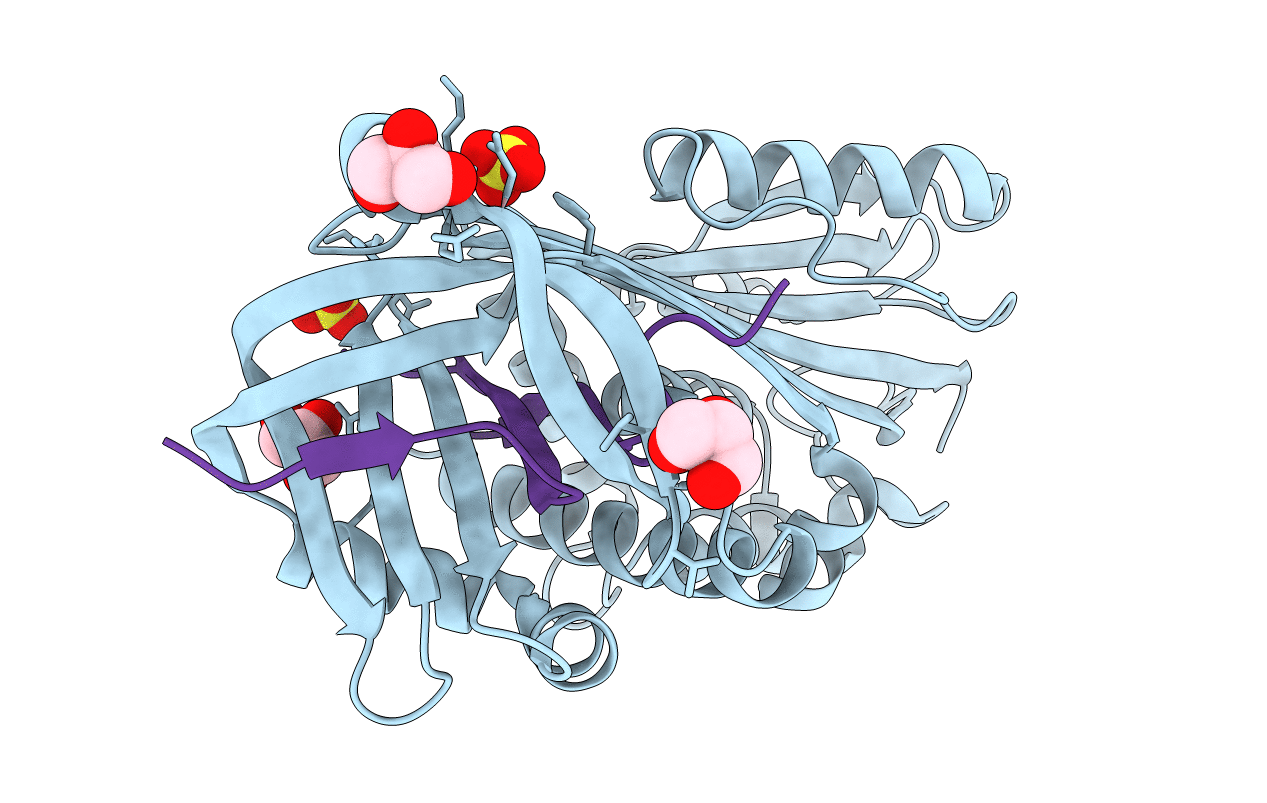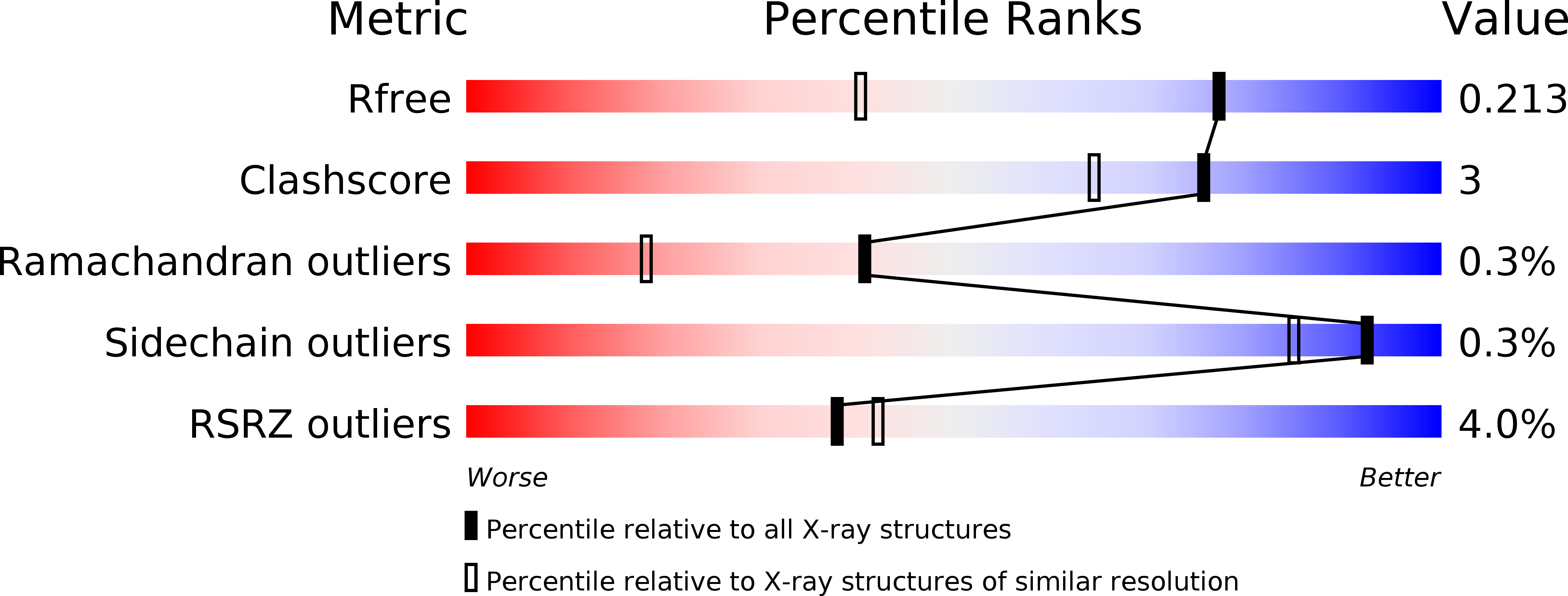
Deposition Date
2007-10-12
Release Date
2008-10-14
Last Version Date
2023-10-25
Entry Detail
PDB ID:
2RIV
Keywords:
Title:
Crystal structure of the reactive loop cleaved human Thyroxine Binding Globulin
Biological Source:
Source Organism:
Homo sapiens (Taxon ID: 9606)
Host Organism:
Method Details:
Experimental Method:
Resolution:
1.50 Å
R-Value Free:
0.21
R-Value Work:
0.18
R-Value Observed:
0.19
Space Group:
P 21 21 2


